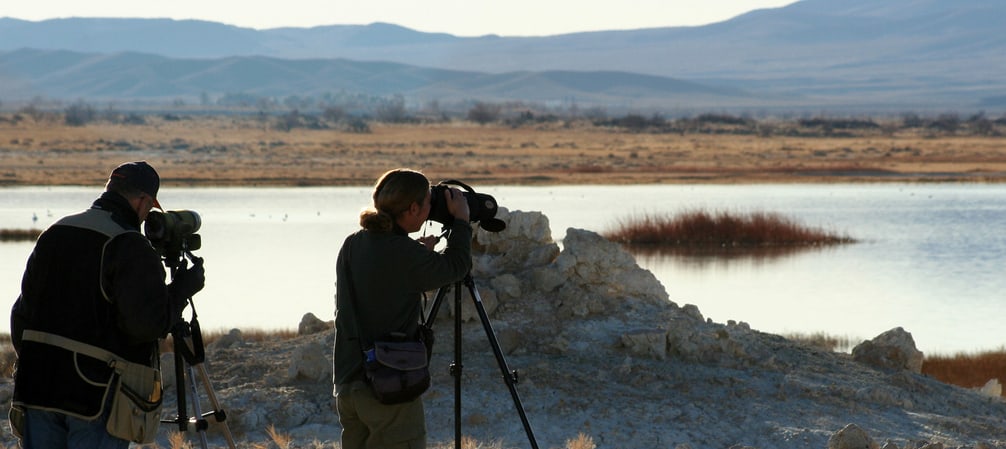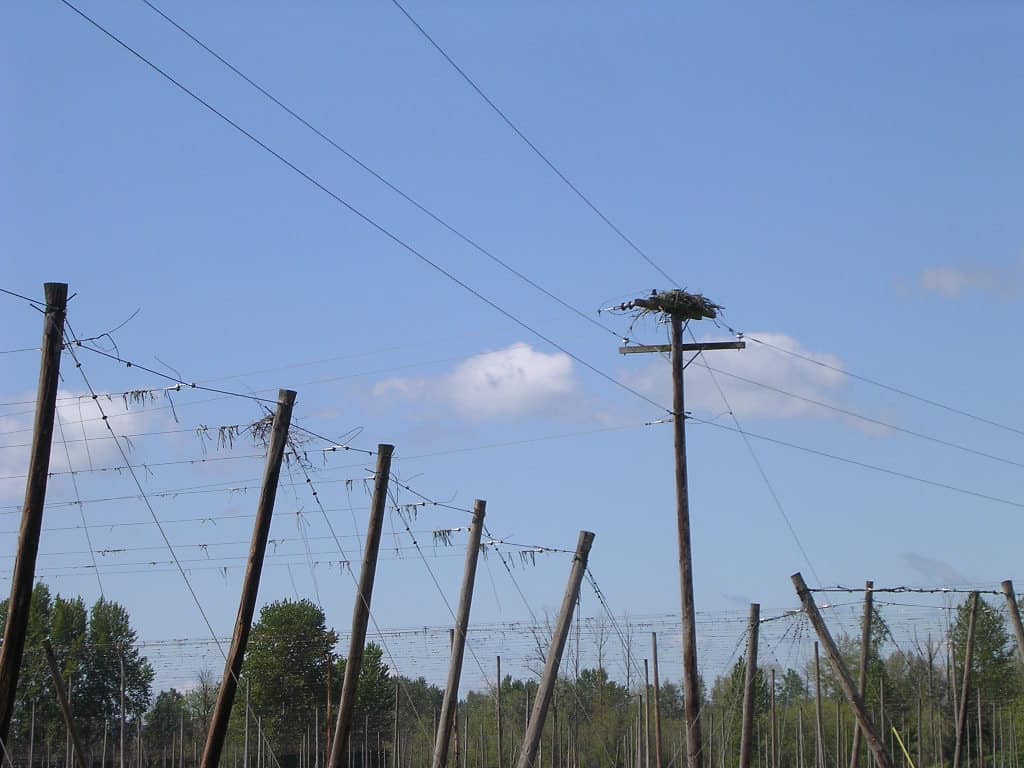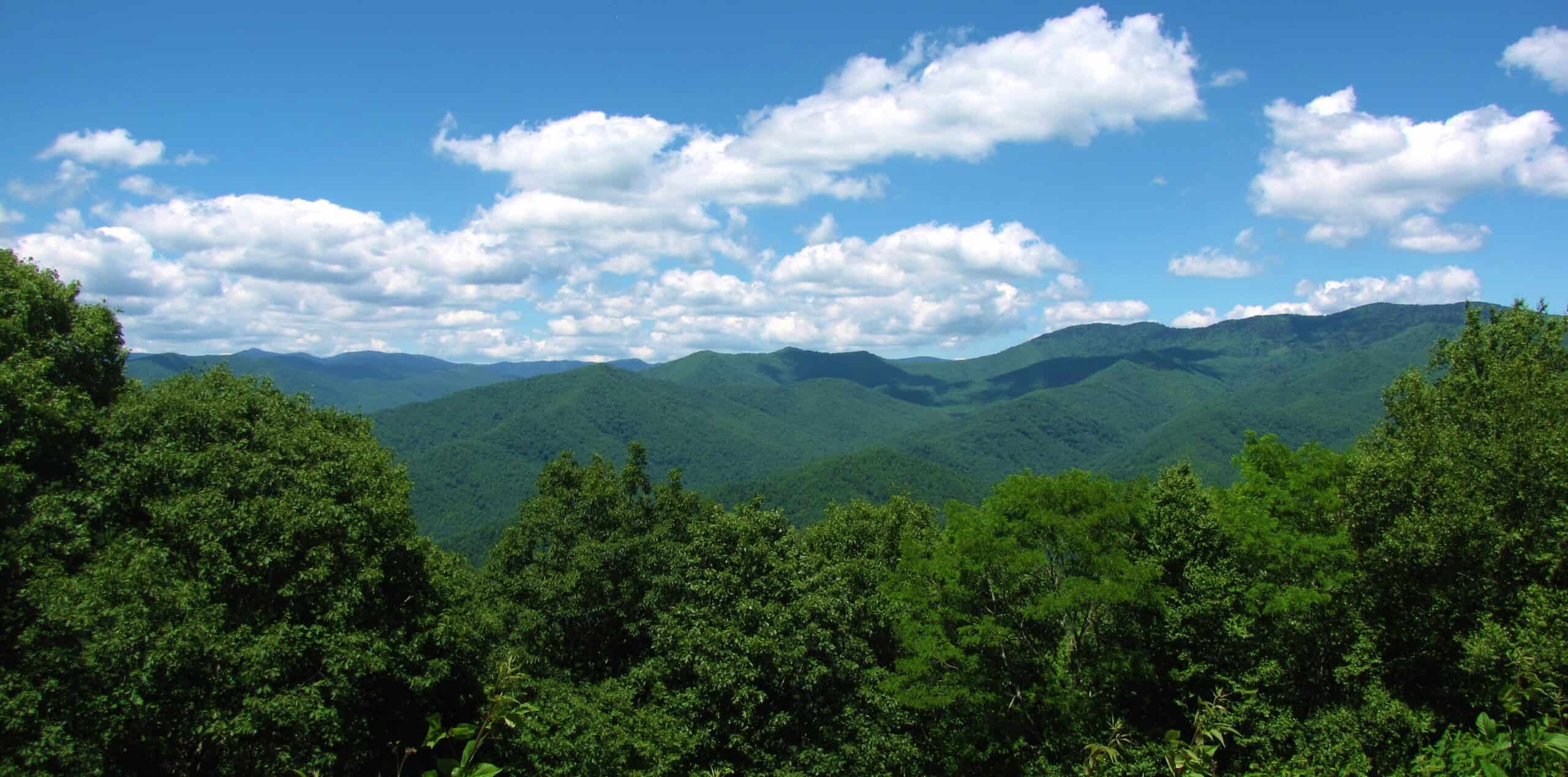Share this article
Citizen scientists are a homogenous bunch
Citizen science has come to play an important role in research. Some volunteer naturalists keep track of birds and butterflies or comb through camera trap photos. Others scroll through images of distant stars, sample their microbes or play brain games for science.
These projects can also help get the public involved in science and conservation. But that role may not be as prominent as scientists might hope. In a study published recently in BioScience, researchers found that not only are citizen scientists a homogenous group—overwhelmingly white and highly educated—but the same citizen scientists often take part in multiple projects—sometimes dozens of them. These findings suggest that the pool of volunteer participants isn’t as broad or as deep as project organizers might have wanted.
“When we think of citizen science engaging the public, engaging the masses, and having people feel welcome and making science a part of everyday life, it was really depressing that these really important projects weren’t engaging as deep in different segments of society as we hoped,” said study co-author Caren Cooper, an associate professor at North Carolina State University whose research focuses on citizen science.
Participants weren’t just demographically homogenous. They were often already employed in—and presumably interested in—the sciences.
For the study, Bradley Allf, a PhD candidate at NC State, focused not on the results of citizen science but on the scientific sleuths themselves. While previous research had looked at participants in individual projects, Allf and his team wanted to look at a spectrum of projects to see who engaged in citizen science.
“There are people out there who find this is an incredibly meaningful and important part of their leisure activity,” Allf said. “It does—at least on paper—allow anyone in the world to get involved in science, from tracking bird migration to contributing to cures for diseases.”
Researchers previously tended to assume that volunteers just take part in a single project, Allf said. Instead, his team found, participating in multiple projects was the norm. According to data they gathered from project platforms and surveys, 77% of citizen scientists took part in multiple projects, evenly split between those who focused on just one discipline, like environmental sciences, and those who dabbled in multiple topics.
Participants in multiple projects were eight times more likely to be white and five times more likely to hold advanced degrees than the general public.
“If one of the goals as a project manager of citizen science is to engage new groups of people in the environment or fostering interest in climate change, that change is going to come from new people who don’t have ecology PhDs,” Allf said.
To get a broader range of participants, project organizers may need to shift their attention from just thinking about the project itself to thinking more about the volunteers, he said. His team dubbed it “an ecosystem of engagement.”
Researchers conducted surveys of volunteers with the Christmas Bird Count, among the oldest citizen science projects; Candid Critters, a North Carolina citizen science-run camera trap survey; and SciStarter, a platform for thousands of citizen science project, and they collected anonymous digital records from SciStarter. The projects participants took part in spanned scientific disciplines, from ecology to astronomy—some strictly online, some with an offline component.
Projects like these play a “slightly invisible but significant role” in science, Cooper said. Volunteer scientists have helped track changes in migratory bird patterns due to climate change that scientists would have struggled to find without on-the-ground data coming in from around the world.
The homogeneity of participants also raises concerns about what’s being left out of the data, she said, but that’s the subject of other research. This study focused on what was being lost in participation if most who took part were not only demographically similar but already had access to science.
“Imagine what we could know and the impact we could have if citizen science could engage broader segments of society,” Cooper said.
Tags:
Header Image:
Birders participate in the 2009 Christmas Bird Count at Ash Meadows National Wildlife Refuge.
Credit: U.S. Fish and Wildlife Service








